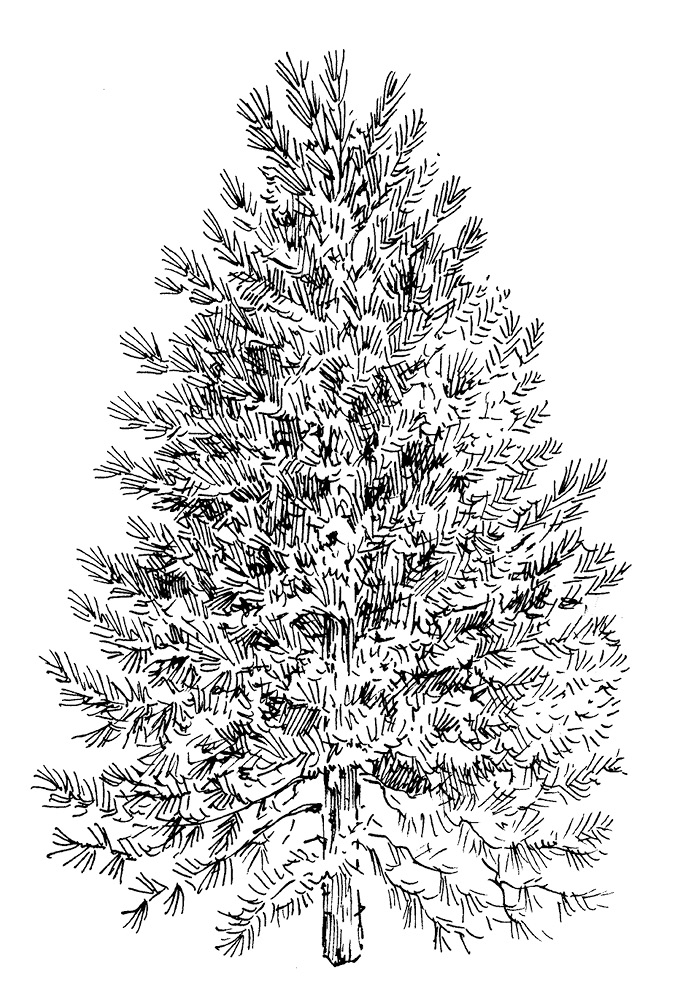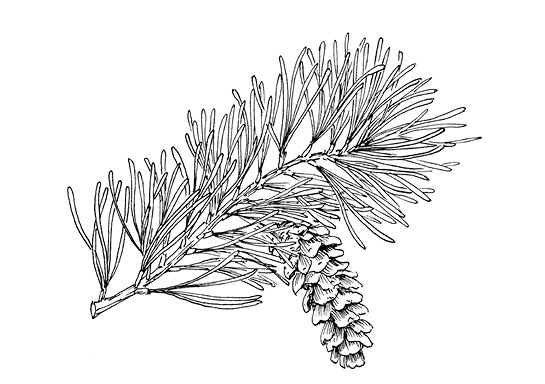
Christmas trees are among the few traditions that have truly stood the test of time, stretching back centuries yet remaining an important part of modern life. While the gifts under the tree have become increasingly high-tech, the tree — a bit of greenery in the home to brighten up the dark winter season — is a simple custom that has endured. Today’s trees have changed, however. Gone are the days of the sparse “Charlie Brown” tree: expectations as to shape, fullness, color, and quality are far more exacting than they once were.

It takes a more sophisticated approach to produce these higher-quality Christmas trees. No longer do farmers simply cut down wild trees to sell during an otherwise slow time of the year. Today, Christmas tree farming is a specialized segment of agriculture that requires the right site, carefully selected tree species, proper pruning and shearing, and adequate fertility and control of weeds and pests to produce trees that will attract customers and return a good price to the grower. Christmas trees of this sort can be grown by huge industrial-scale farms, but also by growers with more modest operations, and even by backyard hobbyists.
At nearly any meeting of Christmas tree growers you’ll notice that these farmers tend to be older. While there is a renewed interest in agriculture by younger generations, their focus has been largely on food crops. Christmas tree farming represents a mostly overlooked avenue for younger farmers. For those already established in agriculture, Christmas trees might be added to diversify products. Others might grow Christmas trees to keep busy and generate additional income in retirement. Whatever your motivation, this book will guide you through the steps necessary to create and maintain a successful small to mid-sized Christmas tree operation.
Many growers say that most of what they know was learned from others in the Christmas tree business. State and regional Christmas tree associations offer meetings at established farms, where you can ask questions, hear presentations from expert researchers, and find out what works, and what doesn’t. The National Christmas Tree Association (www.realchristmastrees.org) offers the same educational and networking opportunities on a larger scale. You will find fellow farmers almost universally willing to share their expertise and experiences. The modest annual dues and meeting fees can save thousands of dollars in mistakes. Chances are you will also make some good friends who share your interest in growing Christmas trees. That is part of the fun of being in this business.
The many Christmas trees that decorate homes and businesses come from small farms and from large Christmas tree plantations of thousands of acres. Large-scale operations, particularly in the top-producing states of Oregon, Washington, North Carolina, Pennsylvania, Wisconsin, and Michigan, are multimillion-dollar industrial agriculture businesses that harvest hundreds of thousands of trees each year.
This book is geared more toward smaller-scale tree farmers who might plant and harvest a few hundred to several thousand trees each year, as a hobby that lets them work the land, a sideline to boost their regular income, or a pleasant diversion in retirement. A tree farm can help you make money with interesting outdoor work. It also makes excellent use of fallow land. A field of Christmas trees is attractive and it doesn’t block views as a forest does. Such a project is ecologically attractive. According to the National Christmas Tree Association, each acre of trees provides enough daily oxygen for 18 people, aids in erosion control, and gives excellent cover for wildlife.
